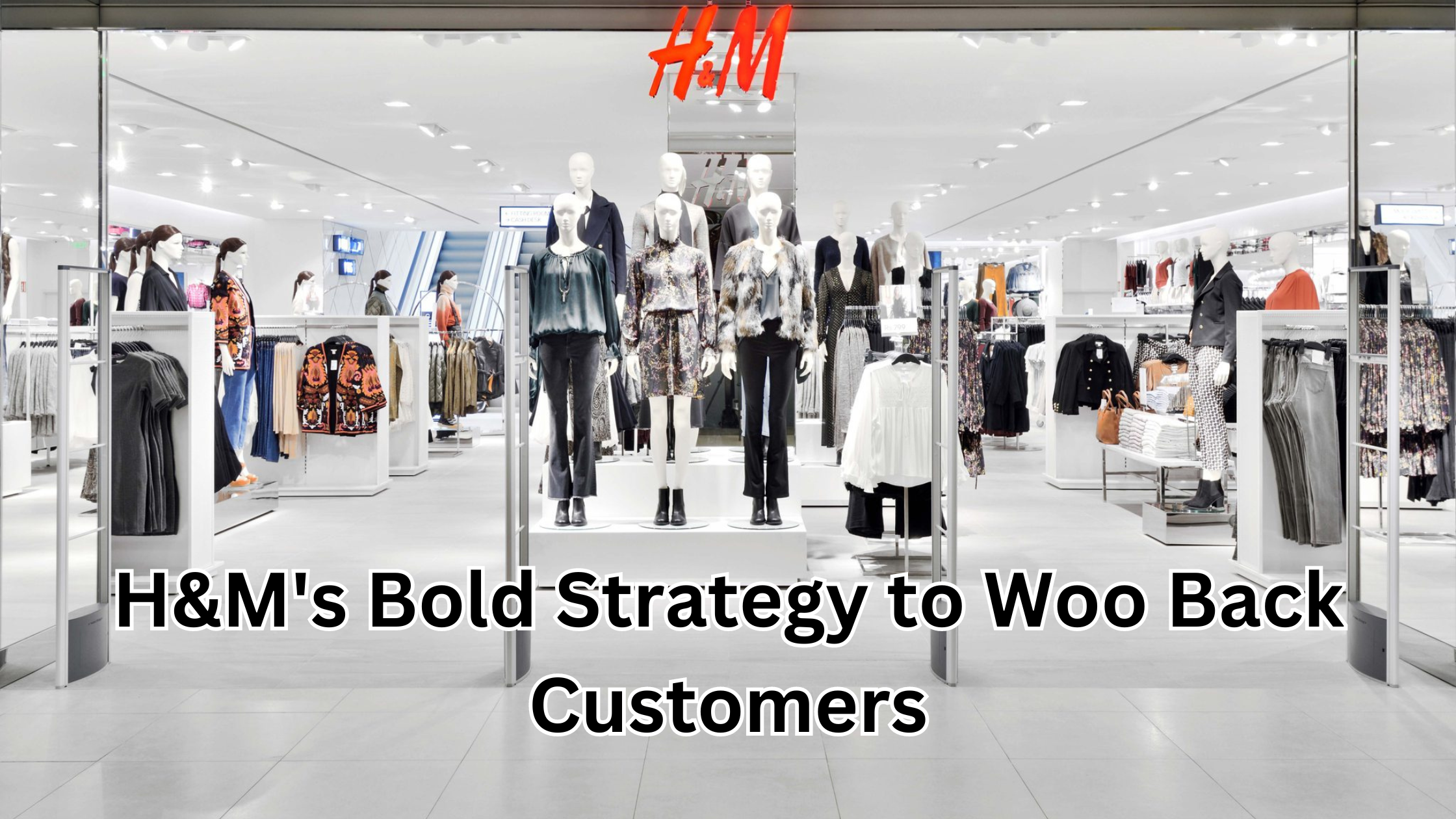H&M’s recently appointed leader, Daniel Ervér, has committed to bolstering the Swedish fast-fashion chain’s responsiveness to emerging trends. This includes investing in accelerated market reactions by bringing some of its manufacturing closer to primary markets, a strategy aiming to leverage improvements in profitability and cash flow from the previous year.
Daniel Ervér, a 42-year-old company veteran assuming the role of chief executive, emphasized the need for swifter market entry, digitizing processes, and developing nearshoring capabilities. These initiatives aim to enhance H&M’s agility in adapting to new trends while leveraging customer data for precision in supply chain management.
The family-controlled group, under pressure for over a decade, relinquished its status as the world’s largest fashion retailer to Spain’s Inditex, owner of Zara. H&M’s challenges include declining profit margins and competition from lower-priced retailers like China’s Shein, Temu, and Primark.
Despite prioritizing profitability over sales growth last year through store closures and price increases, H&M’s full-year results, released alongside Ervér’s appointment, revealed a profit margin shortfall in Q4, resulting in a 10% drop in share prices. Analysts and investors attribute this to the substantial manufacturing footprint in Asia, hindering rapid responses to evolving fashion trends compared to Inditex.
Ervér acknowledged the necessity to react faster in the face of new competition but emphasized the importance of excelling in both pricing and fashion—a feat lower-cost competitors cannot easily achieve. Looking ahead, H&M eyes opportunities to increase the number of stores in 2025 and 2026, although this year may witness a net closure in numbers while focusing on revenue growth.
With shares predominantly controlled by the founding Persson family, there have been calls for external appointments to bring radical changes to H&M’s strategy. Ervér, however, expressed confidence in the existing direction, highlighting the strength of H&M’s core business model.
The company’s operating profit margin, witnessing a decline from over 20% in 2010 to 3.2% in 2022, rebounded to 6.2% last year, with a target of 10% for the current year. Ervér’s leadership style revolves around setting a clear direction, making bold decisions, and fostering inclusivity and empowerment, emphasizing a focus on profitable growth to create long-term value for customers, employees, and shareholders.

